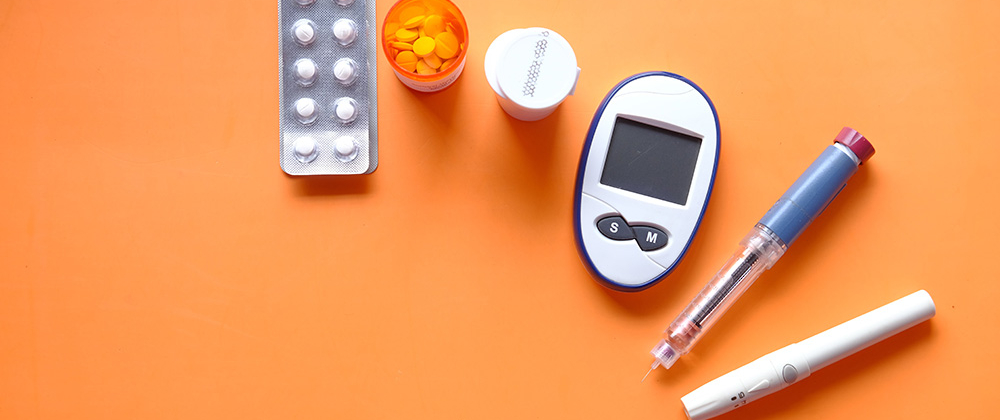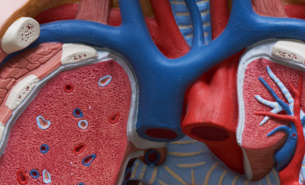The drug discovery company Implexion Pharma and researchers from Lund University have explored new potential drug candidates for type 2 diabetes using X-ray crystallography research techniques at MAX IV.
A recent finding has indicated that the amino acid-derived metabolite imidazole propionate (ImP) in patients with type 2 diabetes could contribute to impaired glucose tolerance and reduced insulin signalling.
The ImP is produced by the bacterial enzyme urocanate reductase (UrdA). Based on this, blocking ImP production could potentially reduce diabetic symptoms in patients. However, challenges remain regarding validating and improving drug inhibitors targeting UrdA.
In the search for a new, potential drug candidate for type 2 diabetes treatment, these new findings guided Implexion Pharma in their target selection for such a candidate during a research project in 2020-2021.
X-ray crystallography research techniques reveal enzyme structures
In collaboration with researchers from Lund University, Implexion Pharma performed an experiment at MAX IV using the X-ray crystallography beamline BioMAX to test the structure-function of three relevant candidate compounds inhibiting the UrdA enzyme.
The data obtained at MAX IV enabled the researchers to create high-resolution 3D structures of the three UrdA-inhibitor compounds, revealing how they inhibited the UrdA enzyme.
Based on these findings, new molecules that can be developed into medicines are now being synthesised.
Read the full case at MAXESS – the industry portal to large-scale research infrastructures.
Interested in conducting industrial experiments at MAX IV? Contact our industry office!




